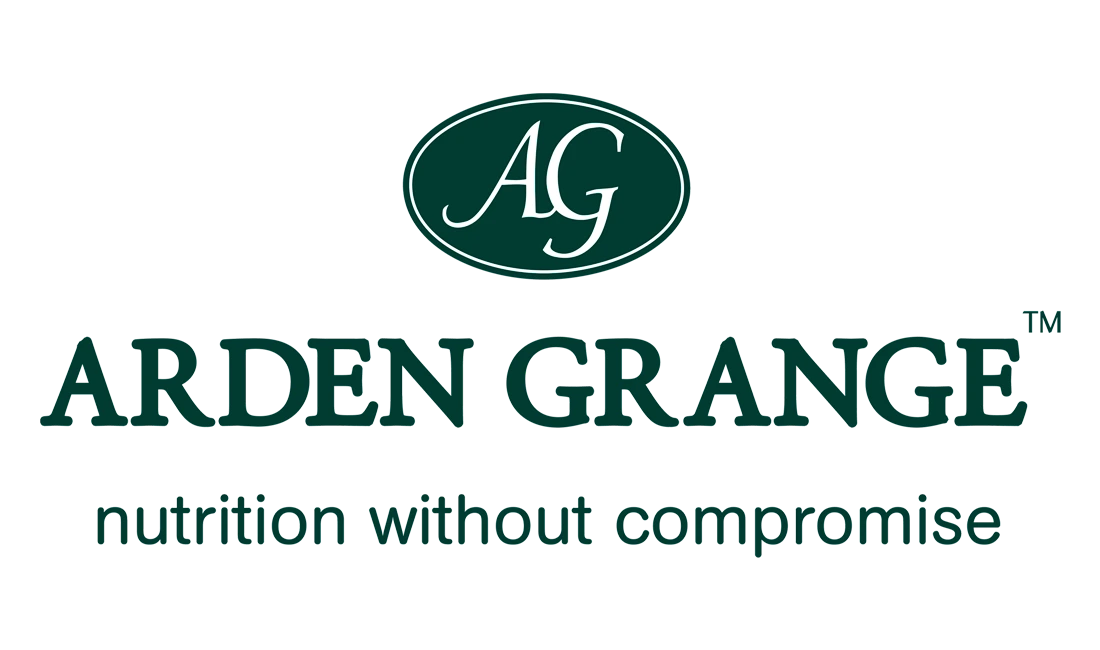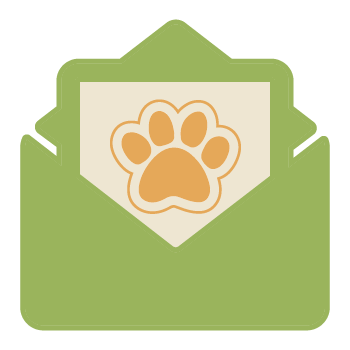5 ways to stop your dog eating poo!
It has its roots in behaviour and potential causes include attention seeking, boredom, exploratory behaviour and hunger. It can be as a result of some medical conditions, but this is rare and other symptoms are usually evident at the same time.
- Counteract boredom by making the dog’s home environment more interesting with interactive feeding toys or perhaps ‘finding food’ games.
2. Did you ever teach the 'off' command? Seek help from a professional behaviorist for tips on how to break a bad habit and encourage good ones using positive rewards.
3. Remove temptation by clearing poo as soon as possible (calmly, without attracting too much attention from your dog – you don’t want to make it a game of who gets there first!).
4. Try a deterrent, adding a small amount of pineapple or grated courgette to the diet makes the poo taste unpleasant to some dogs prone to eating their own stools.
5. And finally, look at your dog’s diet! Are they getting the right food, in the right quantity at the right frequency to ensure a sustained energy release throughout the day? Try switching to a Light diet so you can increase the daily feeding volume and/or frequency while maintaining a healthy weight. Wet food like our Partners is also a good way to provide higher volumes of food without providing too many calories.
A high quality diet with easily digestible ingredients and carefully balanced nutrients will also help towards ensuring stable blood sugar levels and therefore satiety!
So with training, eliminating potential hunger and maximizing absorption of nutrients, the likelihood of this behavior can be reduced.
Want to know more? Read our full fact sheet on the topic here.


 Puppy
Puppy
 Adult
Adult
 Senior
Senior
 Sensitive
Sensitive
 Treats
Treats Kitten
Kitten
 Adult
Adult
 Senior
Senior
 Trusted British Brand
Trusted British Brand

